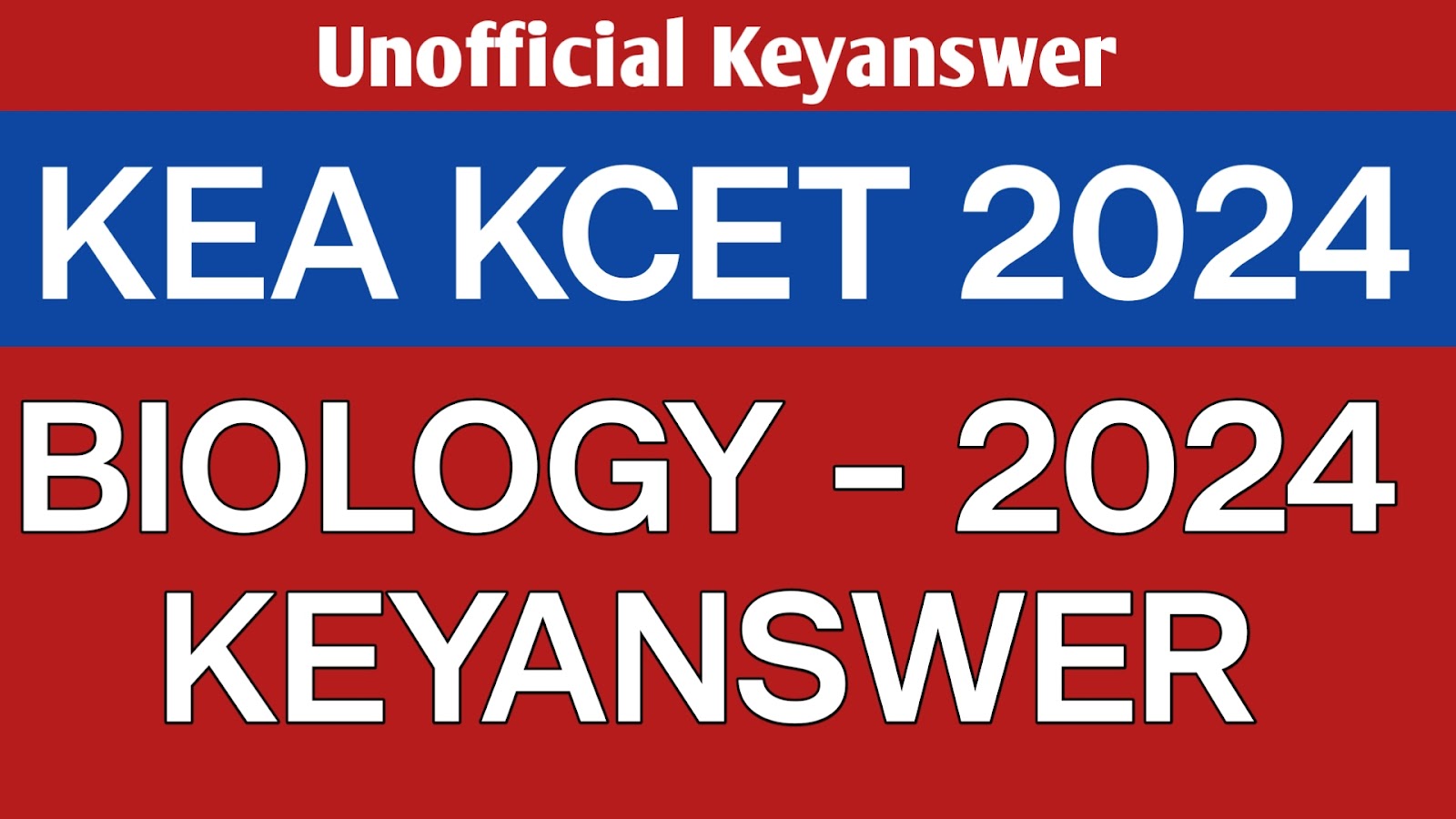Chemistry PUC II year Practical Viva questions ( Most important)
SSLC Maths Passing Package
Download
1)N a test to detect an alcoholic-OH group.
Ans: Ceric ammonium nitrate test.
2)M one reagent used to test alcohol.
Ans: Lucas reagent or Ceric ammonium nitrate.
3) Whappens when ceric ammonium nitrate is added to alcohol?
Ans: Pink or red colour is obt,iined.
4) Which organic compound is identified by using ceric ammonium nitrate?
Ans: Alcohol.
5)What colour is seen when ceric ammonium nitrate is added to alcohol? Ans: Pink or red colour.
6. What is Lucas reagent?
Ans: A mixture of anhydrous ZnCI, & conc. HCI is called Lucas reagent.
7. Name the reagent used to distinguish between primary, secondary & tertiary alcohols.
Ans: Lucas reagent test.
8. What happens when primary alcohol is treated with Lucas reagent? Ans: White turbidity appears only on heating.
9. What happens when secondary alcohol is treated with Lucas reagent? Ans: White turbidity appears after 5-10 minutes.
10. What happens when tertiary alcohol is treated with Lucas reagent? Ans: White turbidity appears immediately.
11. Which alcohol immediately forms turbidity with Lucas reagent? Ans: Tertiary alcohol.
12. Which alcohol forms turbidity with Lucas reagent after 5 minutes? Ans: Secondary alcohol.
13. Which alcohol do not form turbidity when treated with Lucas reagent at room temperature?
Ans: Primary alcohol.
14. Which organic compound gives violet colur with neutral FeCI3 solution?
Ans: Phenol. 15.
How do you detect phenol?
Ans: Neutral FeCI3 test or phthalein fusion test is used to detect phenol.
16. Which organic compound anwers phthalein fusion test?
Ans: Phenol.
17.Name the product obtained in phthalein fusion test.
Ans: Phenophthalein.
18. Mention the reagents used in phthalein fusion test.
Ans: Phenol + phthaleic anhydride + conc. H2S0.4
19. Which colour is obtained when phenol undergoes phthalein fusion test?
Ans: Pale pink colour.
20. What for is 2,4-DNPH reagent used?
Ans: 2,4-DNPH is used to detect carbonyl group (aldehyde or ketone).
21. Which organic compound/functional group is identified in 2,4-DNPH test? A :Aldehyde or ketones (carbonyl group).
22. What happens when an aldehyde or a ketone is heated with 2,4-DNPH? Ans: Crystalline orange precipitate is formed.
23. Mention one test for aldehyde. Ans: 2,4-DNPH test or Toilet's reagent test.
24. What is Tolien's reagent test?
Ans: Toilet's reagent test is used to detect aldehyde. A silver mirror is obtained when an aldehyde is heated with Toilet's reagent.
25. Which organic compound gives a silver mirror when heated with Tolien's reagent?
Ans: Aldehyde.
26. What is esterification test?
Ans:It is a confirmatory test for carboxylic acids & alcohols. When a carboxylic acid is heated with an alcohol in presence of conc. H2SO4, an ester having fruity smell is formed.
27. Which organic compound answers esterification test?
Ans: Carboxylic acid or alcohol.
28. Mention one simple test to identify a carboxylic acid.
Ans: Sodium bicarbonate test or litmus paper test.
29. What happens when a carboxylic acid is treated with NaHCO3 solutic 7 Ans: Brisk effervescence takes place with the liberation of CO2 gas.
30. Which organic compound answers carbylamine test?
Ans: Primary amines.
31. How do you perform carbylamine test?
Ans: Primary amine on heating with chloroform & alcoholic KOH or NaOH gives carbylamine (isocyanides) having foul smell.
32. What happens when a primary amine is heated with chloroform & alc.KOH solution?
Ans: Carbylamine is obtained.
33. Explain Azo dye test.
Ans: Azo dye test is used to detect aromatic primary amine. When aromatic primary amine is treated with dilute HCI, sodium nitrite & 13-naphthol in NaOH ,n at 0-5° C gives orange red dye.
34. What colour is seen in Azo dye test?
Ans: Orange red.
35. Which organic compound answers Azo dye test?
Ans: Aromatic primary amine.
36. What is Tollen's reagent?
Ans: Ammoniacal silver nitrate (AgNO3) is called Toilet's reagent.
37. What is Litmus paper test?
Ans: It is used to detect carboxylic acid. A carboxylic acid turns blue litmus paper into red.
For PCMB study materials along with previous year and model papers with solutions contact via WhatsApp
9590767777
We provide passing and scoring package.




ಕಾಮೆಂಟ್ಗಳು
ಕಾಮೆಂಟ್ ಪೋಸ್ಟ್ ಮಾಡಿ